
In this article, I’m going to explore what options are available to you if you need to recover data on Windows 11, and how you can do so by navigating through the interface included with Windows 11 version.
Table of Contents
How to Search for Files and Folders on Windows 11
Before you attempt to recover your files, make sure they’re not just hidden in a folder somewhere. Windows 11 gives you two ways of searching for files on your computer: Search and File Explorer, also found on Windows 10.
Use Search
Next to the Start button, you will find the Search icon, represented by a magnifying glass. You can use it to scan your computer for your file or folder by name, as well as applications. It has been given a design overhaul, but the functions remain the same.
- Click the Search icon.
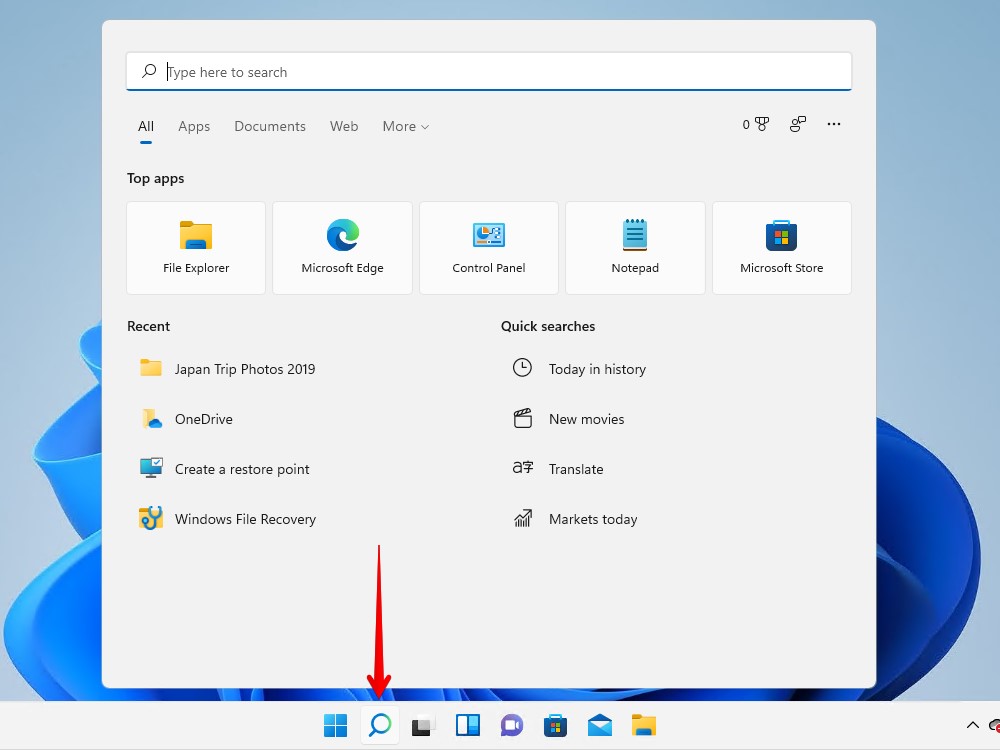
- Enter the name of your file and folder and click Open if found.

Use File Explorer
File Explorer also includes a search function that you can use to search for files and folders on your Windows 11 computer. This has also received a design change, with a lot of functions being represented by icons only rather than with names.
- Open File Explorer.

- Search using the name of your file or folder.
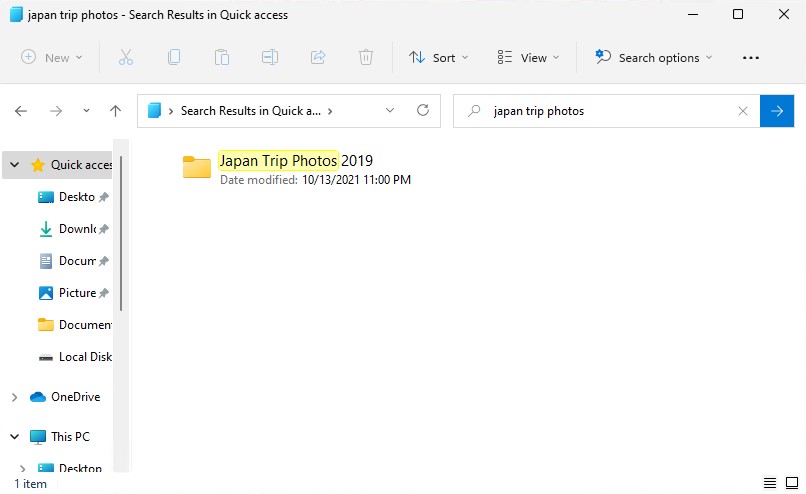
- If you don’t recall the name, you can search for file types by putting an asterisk, then the file extension. For example: *.jpg.

Utilize Search Bar in Microsoft 365
If you have a business edition of Microsoft 365 and you’re trying to recover a document, you can search for files using the built-in search menu of Word, Excel, PowerPoint, Outlook, and OneNote. This will search your OneDrive for documents relating to the keywords used. This function doesn’t work for personal versions of Microsoft Office 2021.
- Open a blank document in any Microsoft 365 application.
- Use the search bar at the top of the page to search for documents using keywords.
If you’ve been unable to find your files, then the next step is to attempt recovery. Read on to find out what you can do to recover lost or deleted files on Windows 11.
How to Recover Deleted Files on Windows 11
File recovery can be performed in various different ways. And, for the most part, it’s very similar to what you can expect when recovering data from Windows 10. Almost all of the same methods you use will still be usable on Windows 11.
Some methods use what’s available to you in Windows 11 by default, while others require the use of third-party software. You can use the below methods to understand how to recover a deleted file in Windows 11.
Method 1:Undo (CTRL + Z)
The classic Undo function still works well if you need to undelete a recently deleted file. This can be done by simply pressing CTRL + Z on your keyboard or by following the below instructions to recover a recently deleted file using the user interface.
- Navigate to the folder that contained the now deleted file.
- Right-click an empty space in the folder and click Undo Delete.
Doing this will restore the recently deleted file back to its original location. Note, however, that this method is only possible if deleting the file was your last action. Moreover, this isn’t possible if you’ve restarted your computer since deleting the file.
Method 2:Restore from Recycle Bin
When you delete a file, it’s sent to the Recycle Bin (unless the file is too large, in which it is automatically permanently deleted). Until the Recycle Bin is emptied, your deleted files will reside here. It works the same way it works on Windows 10, aside from some slight changes to the File Explorer interface.
If you deleted your files, use the below instructions to recover deleted files from the Recycle Bin in Windows 11.
- On your Desktop, open the Recycle Bin.

- Select the files you want to restore. You can select multiple files by holding CTRL while you click them. When ready, click Restore the selected items. The files will be restored back to their original location.

Method 3:Recover Using Disk Drill
When you delete a file, it’s not immediately erased from your drive. Instead, it will physically reside there until it’s overwritten by new data. Until then, there’s a chance of recovering it using data recovery software. This works for almost all data-loss situations, including data lost after a Windows update.
Disk Drill is a trusted data recovery tool that’s commonly used to recover lost or deleted files. It works great on Windows 10, but it can also be used to recover permanently deleted files in Windows 11 too. Using the below instructions, you’ll understand how to recover deleted photos, videos, music, and documents using Disk Drill.
- Download Disk Drill. Install it, then open it. If prompted by UAC to allow permission, click Yes.

- Select the drive that suffered from data loss, then click Search for lost data.
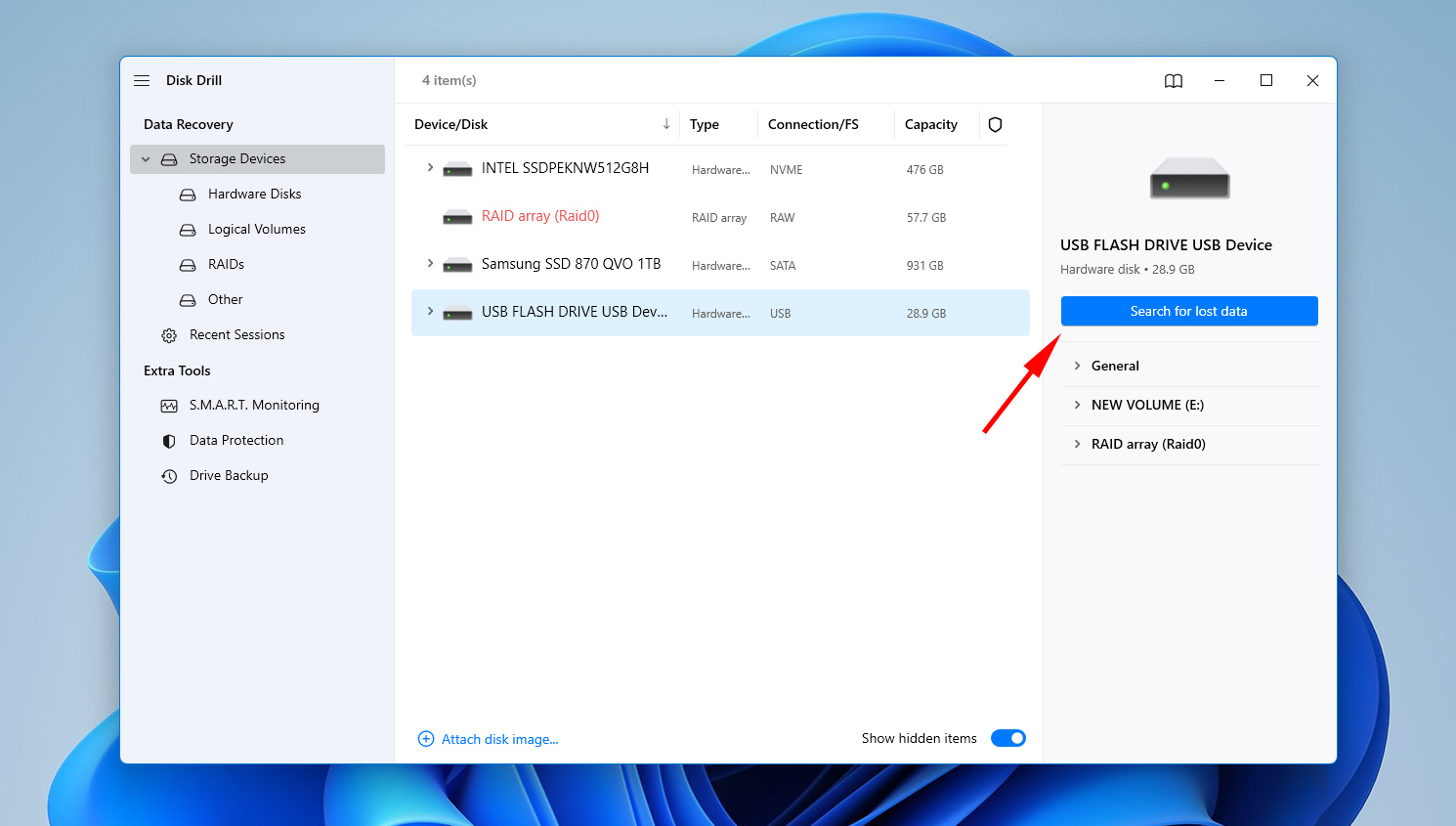
- When the scan is complete, click Review found items to see what Disk Drill discovered.
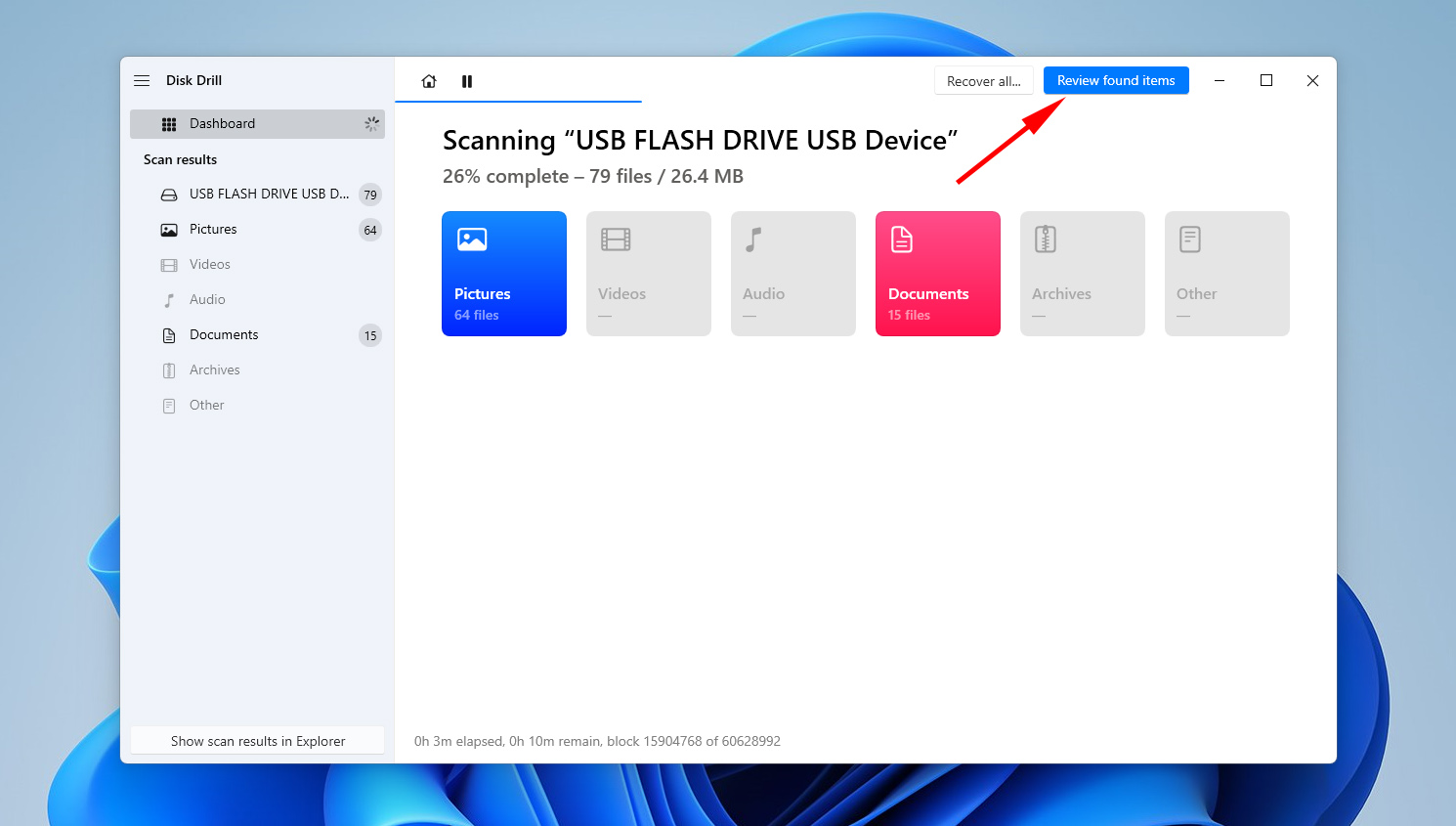
- Checkmark what files you want to recover. The Recovery chances column indicates your chances of successfully recovering that file. When ready, click Recover.

- Select an output location, preferably one on a different physical partition to reduce the risk of corrupting your data. Click Next.

Method 4:Restore from OneDrive Recycle Bin
OneDrive is Microsoft’s cloud storage service that’s built-in to Windows. While you don’t need to use it, being able to access your files from anywhere and collaborate with others is very useful. If you have OneDrive set up with your Windows machine, deleted files or folders may be recoverable from the OneDrive Recycle Bin if they resided within OneDrive.
- Sign-in to your Microsoft account.
- Click on the Recycle bin.
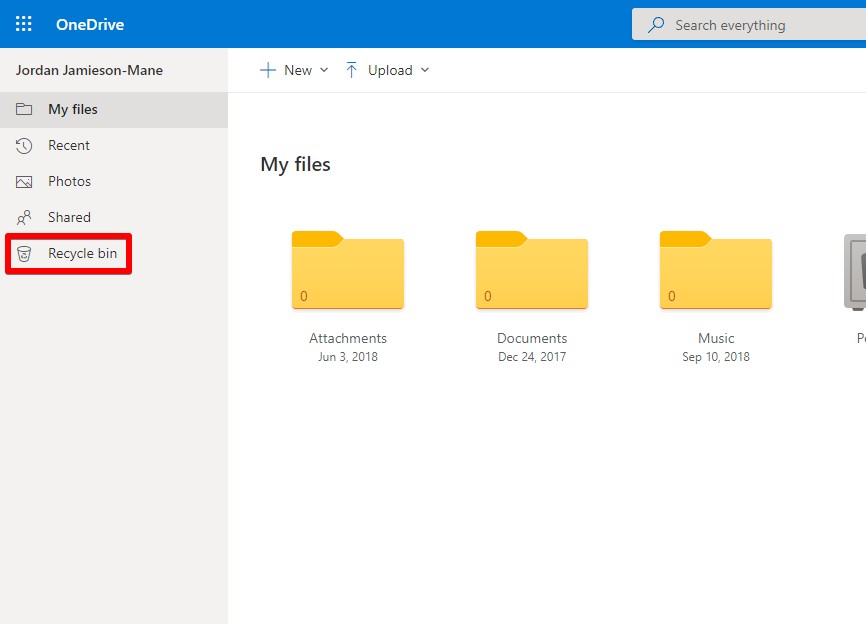
- Right-click on the file or folder you want to restore, then click Restore.
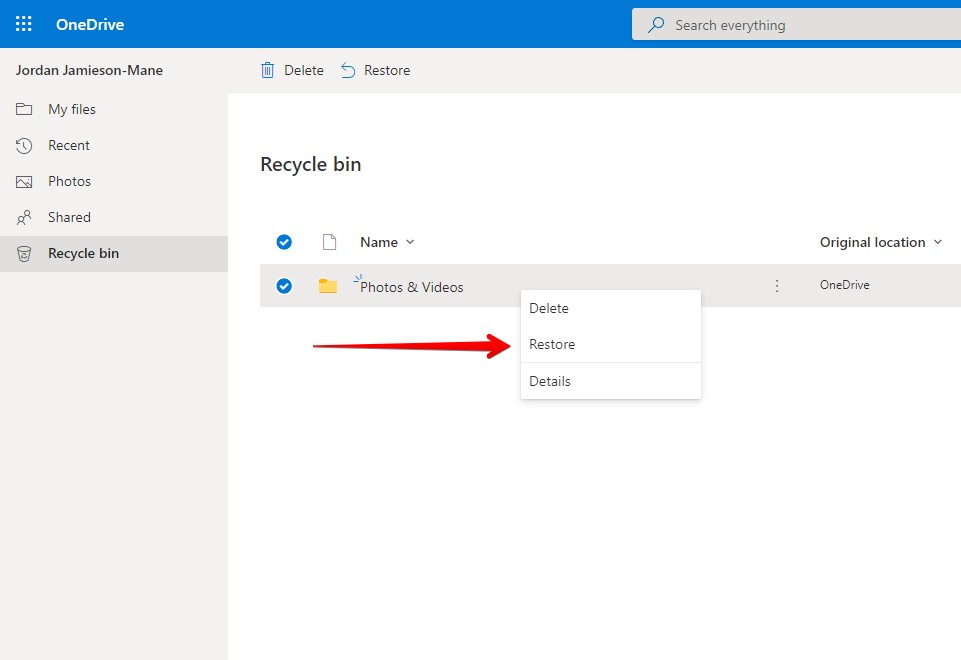
Files in the OneDrive Recycle Bin will remain there for 30 days before they’re permanently deleted.
Method 5:Restore Using File History
File History is a backup solution included with Windows. When enabled, it makes copies of your files periodically so you don’t need to do it manually. This allows you to recover replaced files in Windows 11 if they were previously overwritten with a new version. By default, it only makes copies of files in the Desktop, Documents, Pictures, Videos, and Music folders, but you’re also able to specify other folders to back up.
If it was configured prior to the loss of your data, it will hold copies of your data and allow you to recover permanently deleted files in Windows 11 without software. Note that this is only possible if File History was configured before your data was lost. If it wasn’t, there will be no backups of your files.
- Press Windows Key + S and search File History. Click the option that reads Restore your files with File History.

- Navigate to the folder that previously contained your deleted files. You can view the different versions of the backed up folder by using the left and right navigation buttons.
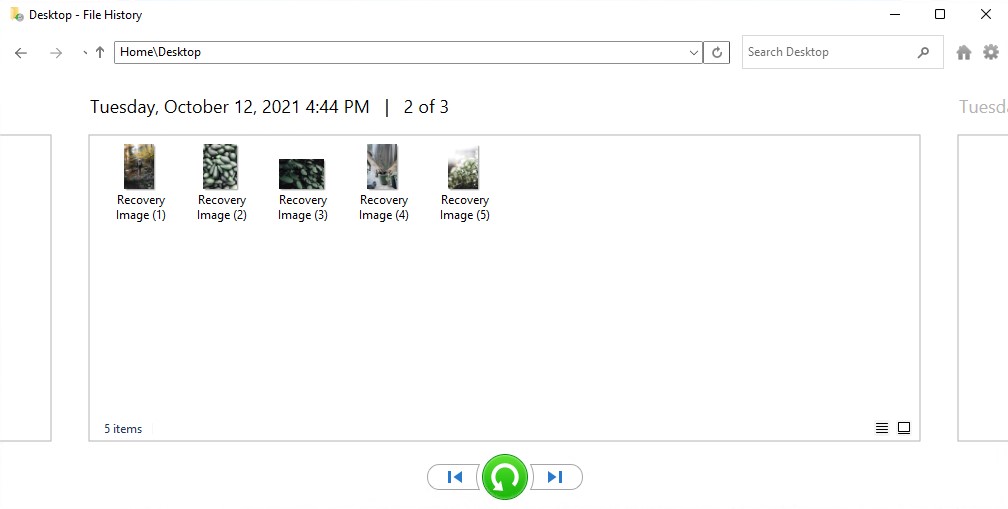
- Select what files you want to recover, then click the green button to Restore. If you want to restore them to a different location, right-click the green button instead and click Restore to.
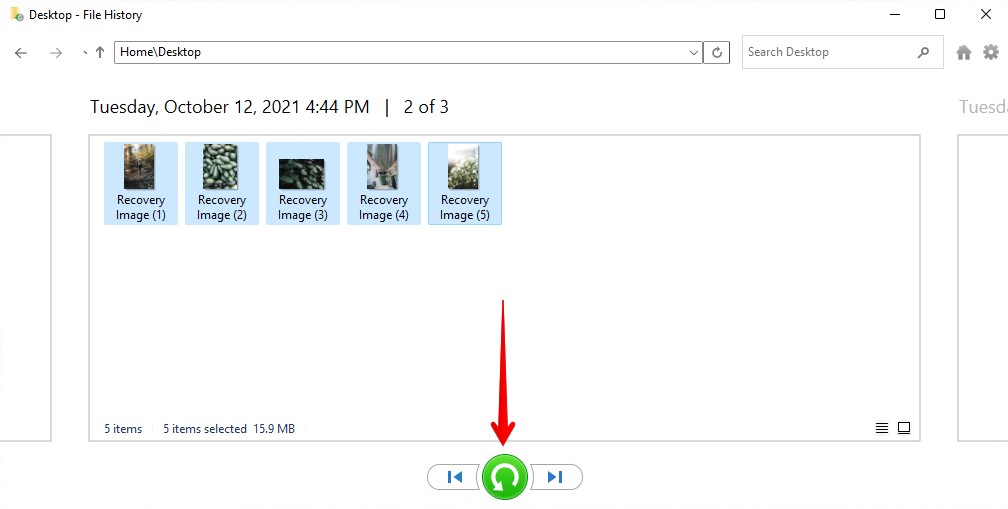
Method 6:Restore a Previous Version
Folders that are backed up using File History or System Restore can be rolled back to previous versions. This method can be used to recover deleted folders in Windows 11 without the need to download third-party software. Restored folders will also restore whatever files it contained at the time of the backup. This can also be done for individual files.
If there is no recorded backup of the folder in File History or System Restore, you will not be able to restore to a previous version.
- Navigate to the folder where the deleted file was once stored.
- Click the three dots at the top of the window, then click Properties.

- Go to the Previous Versions tab.

- Select a folder version that has a date/time where the file was still there. Click Open.
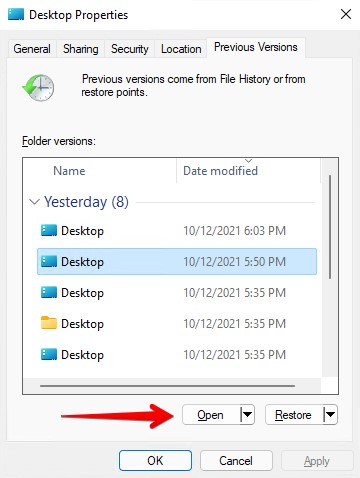
- Select the files and drag them to another folder to restore them.
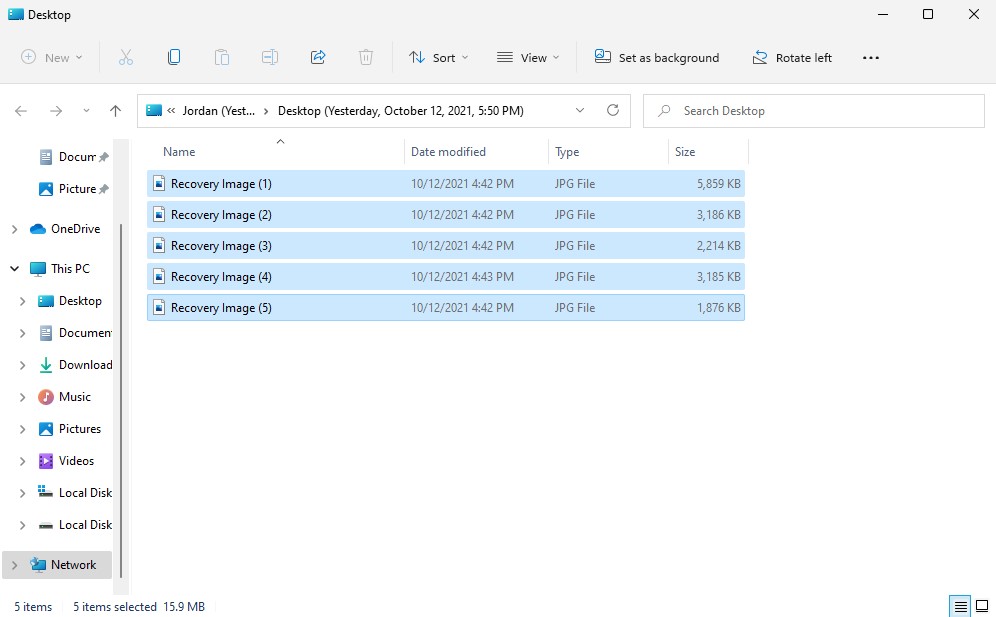
Method 7:Restore Using Backup and Restore
Backup and Restore is another backup feature included with Windows and the predecessor to File History. In addition to storing numerous dated backups, you can configure it to create a backup of the system files needed to boot the operating system in the event your computer cannot boot correctly.
Again, like File History, Backup and Restore should have been configured prior to your data becoming lost or deleted. If it wasn’t, this won’t be a viable recovery method for you.
- Press Windows Key + S and search Control Panel. Open the first result.
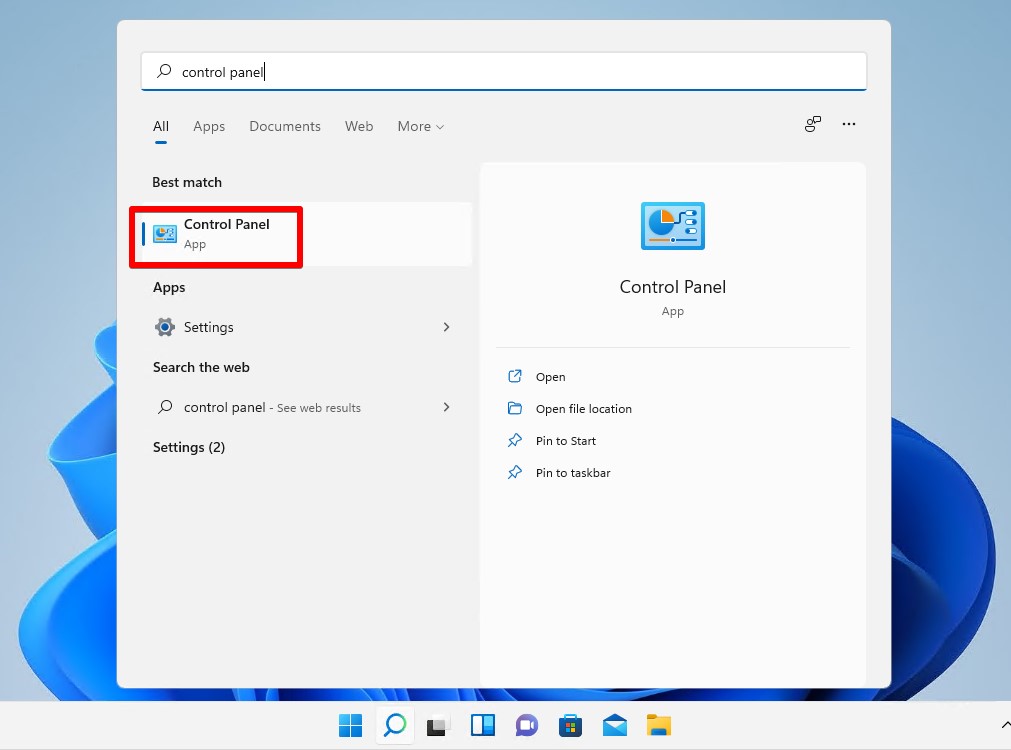
- Click Backup and Restore (Windows 7).

- Click Restore my files.
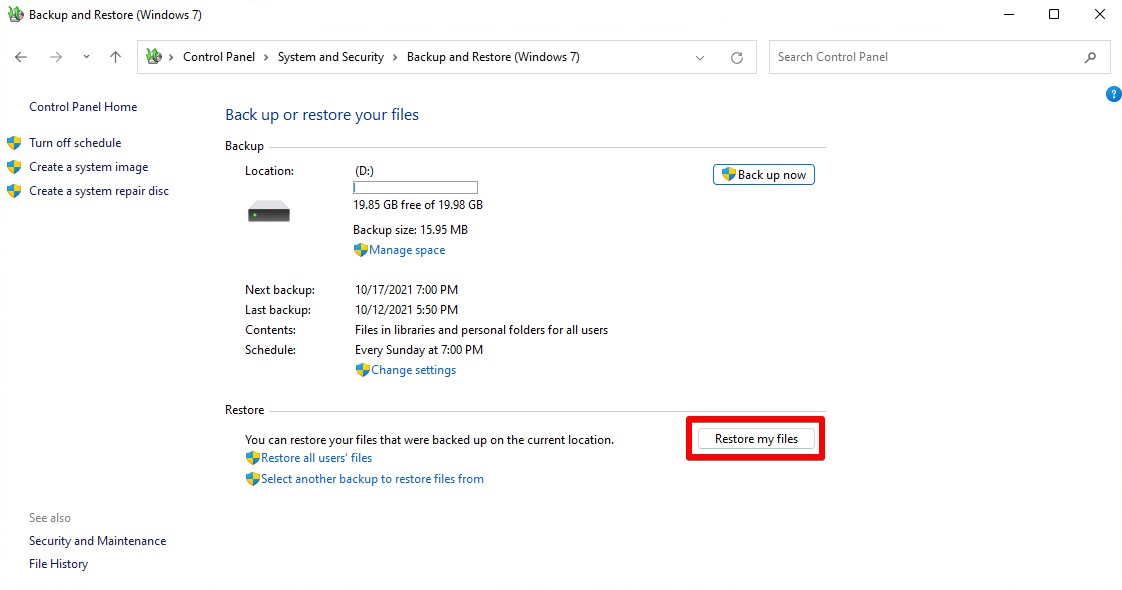
- Click Browse for files and choose what files you want to restore. Click Add files when finished.
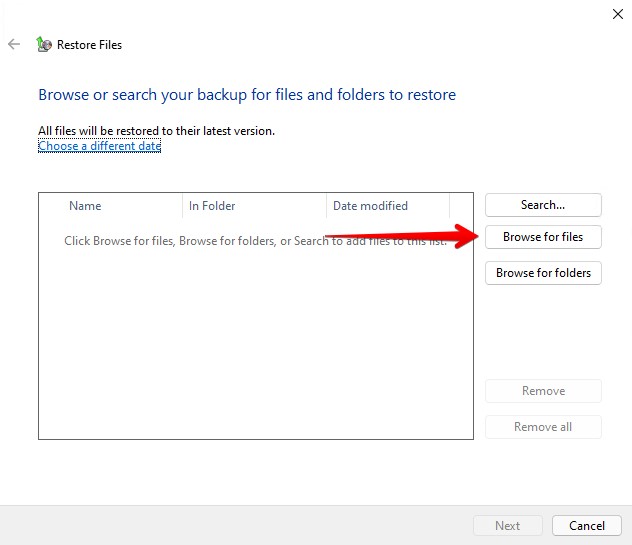
- Click Next.

- Click Restore. If you want to restore your files to a different location, specify the output folder using the In the following location option.

Method 8:Recover Using Windows File Recovery (cmd)
Windows File Recovery is the official recovery tool developed by Microsoft. It was developed for Windows 10, but upon testing it with Windows 11, the application still runs fine and the recovery functions still work. It uses the Command Prompt interface instead of a graphical user interface to recover deleted files in Windows 11. It’s a completely free recovery tool, only requiring a Microsoft account. It can be used to recover files after factory resets, hard drive crashes, and virus attacks.
In order to perform recovery, you will need a separate physical partition to store the restored files. Windows does not allow you to restore to the same physical partition at risk of corrupting your data.
- Download Windows File Recovery from the Microsoft Store. Open it. If prompted by UAC to allow access, click Yes.
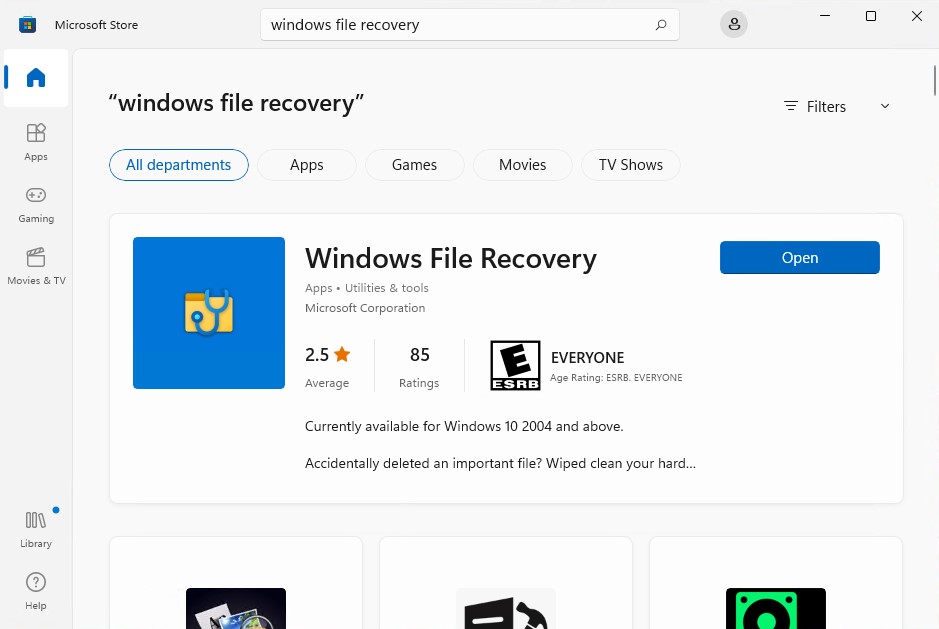
- Type
winfr C: D:RecoveredFiles /regular. Replace C: with the drive you want to scan and recover files from. Replace D:\RecoveredFiles with the path of your desired output folder. When ready, press Enter.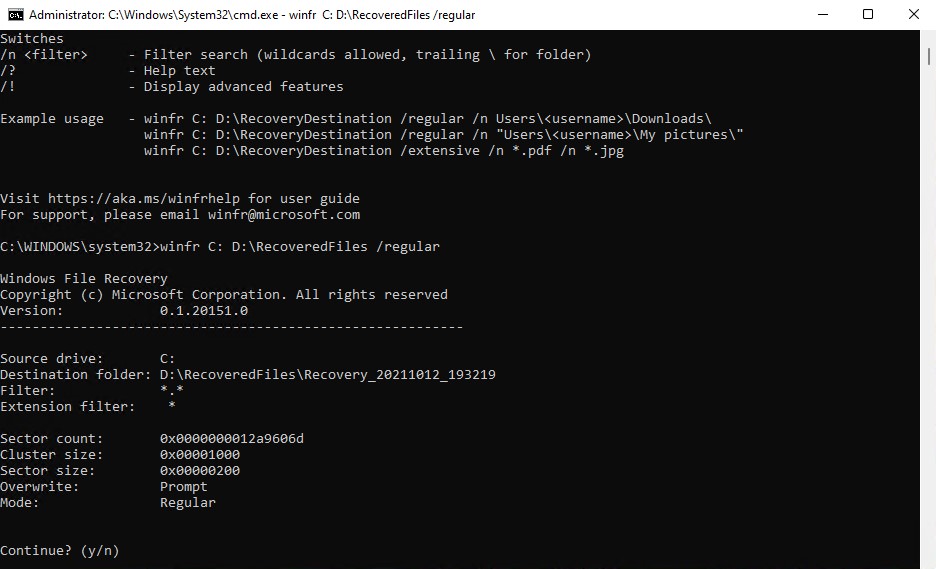
- If prompted to confirm, press Y.
How to Recover Unsaved Documents in Microsoft Office 2021
Having your document crash before you get a chance to save it is frustrating. Microsoft Office 2021 introduces the new AutoSave feature which may have already saved your document. If not, we’ll take a look at partially recovering what you lost using AutoRecover.
AutoSave
The 2021 versions of Word, PowerPoint, and Excel include the AutoSave feature that automatically saves your document if it’s located in your OneDrive storage. If your application crashes while you were editing a document stored in your OneDrive while AutoSave was enabled, your document should be up-to-date.
If the file was not stored in OneDrive, or if AutoSave wasn’t enabled, then you can recover a version from AutoRecover.
AutoRecover
If you have AutoRecover enabled in Microsoft Office 2021, it will take a snapshot of your document every 10 minutes by default (but this can be changed). If the application crashes, you have a chance to salvage what was written at the time of the last snapshot and recover it.
- Open Office 2021. It will automatically present you with the latest snapshot of the last document you were working on.
- Click Save to save the recovered version.

Conclusion
The process needed to recover data on Windows 11 is almost the same as the process for Windows 10. Using the methods outlined in this article, you can recover your deleted files on Windows 11 in no time.
To ensure your files aren’t deleted again, consider implementing a backup schedule so you always have a copy of your data on-hand.





good